#columbinestale #blogtour #booksontour #day8
Author Article by Rachel Le Rossignol
Rachel’s fascinating recreation of the Italian Renaissance era could not be brought to life without prior knowledge and experience. So how did she capture this cultural essence and flavour so sublimely in her books? She lived it! Find out how…
The best fiction takes you into another world. When the writing works, you can smell and taste and see somewhere else so clearly that you feel you are actually there. The real world drops away and you start to experience what it is like to live another life, if only for the length of the book.
My novels in the Tales of Tarya series are set in a second world, where Italy is called Litonya. It is the time of the Renaissance. The Italian Renaissance saw a great flourishing of ideas, inventions, art and culture. In my world performers, story tellers, sculptors and artists of all types are given a special place in medieval society. Story tellers in particular are revered for their ability to capture ancient legends and people’s lives and turn them into an engrossing tale.
To bring my Renaissance world to life I wanted to capture a sense of a world where art and artists were held in high regard, a world where there was a lot of beauty and culture. Since I was writing fantasy, what mattered wasn’t achieving perfect historical accuracy – it was more about creating the flavour of the era.
Recreating medieval society
Luckily I’ve had a hobby for a long time that helped me with my aim. Since just after I left uni I’ve been a member of the Society for Creative Anachronism (SCA), sometimes referred to as the medieval society. The goal of the society is to recreate medieval society, without the plagues, wars and nasty bits. Although ‘medieval society’ is a bit misleading – officially the SCA spans the period 600CE to 1600CE, so recreating anything within that timeframe is fine.
‘Recreate’ is pretty open too. The SCA runs regular events such as feasts and tourneys which involve lots of pageantry and delicious food, often based on recipes from a particular era, as well as sword fighting, arts and sciences competitions and bardic entertainments. It’s truly like stepping back in time to attend one of these events. But on top of the big events, people also spend their time researching and undertaking skills and practices that interest them. That might be calligraphy or illumination, blackwork embroidery, armouring, cooking or learning an ancient language.
Living research
 One of my interests is costuming. I couldn’t sew at all when I started going to SCA events. My first piece of garb was a t tunic. Basically like a t shirt only longer. Over time I tried more and more complex outfits. Now I’m making Tudor and Renaissance era dresses. Of course, the best bit about making them is getting to wear them. I get to go to feasts in a Renaissance dress of my own creation.
One of my interests is costuming. I couldn’t sew at all when I started going to SCA events. My first piece of garb was a t tunic. Basically like a t shirt only longer. Over time I tried more and more complex outfits. Now I’m making Tudor and Renaissance era dresses. Of course, the best bit about making them is getting to wear them. I get to go to feasts in a Renaissance dress of my own creation.
And that’s where the ‘living research’ comes in. It’s one thing to read about clothing or food in a book. It’s another thing completely to go along to a feast held by candlelight, wearing a Renaissance era dress with chemise, multiple petticoats and sleeves that tie on with ribbons. That sort of experience teaches you all sorts of things. What Renaissance era food tastes like. How long it takes to get dressed when you have so many layers to wear. How well (or poorly) you can see when candlelight is the only light. How wearing a corset makes you stand very upright.
Writing the research
 These sorts of experiences engage all the senses, which is something the best fiction also does. When I’m at a medieval feast I’m hearing songs from another time being sung or played, I’m tasting foods that can be quite different to modern meals, I’m feeling the weight of clothing that has great lengths of fabric in it. I’m immersed in medieval society. I’m seeing the world in a different light – literally. Then when I go to write a ballroom scene, I can have my heroine, Mina, experience those same things. I can bring a Renaissance-era world to life in my books because I’ve been there. And hopefully my stories will be richer for it.
These sorts of experiences engage all the senses, which is something the best fiction also does. When I’m at a medieval feast I’m hearing songs from another time being sung or played, I’m tasting foods that can be quite different to modern meals, I’m feeling the weight of clothing that has great lengths of fabric in it. I’m immersed in medieval society. I’m seeing the world in a different light – literally. Then when I go to write a ballroom scene, I can have my heroine, Mina, experience those same things. I can bring a Renaissance-era world to life in my books because I’ve been there. And hopefully my stories will be richer for it.
Rachel Nightingale: website | instagram | facebook | twitter
Follow our lead to Michelle Worthington’s blog at Share Your Story for a wonderful interview with Rachel.
A Storyteller’s Dream – The Gift of Creativity #bookgiveaway
We’re enticing you with a chance to WIN a DOUBLE book pack and other goodies when you answer the question, ‘what is, or what do you wish is your gift of creativity?’
Click the image for details.
Subscribe at Books On Tour to stay in the loop.








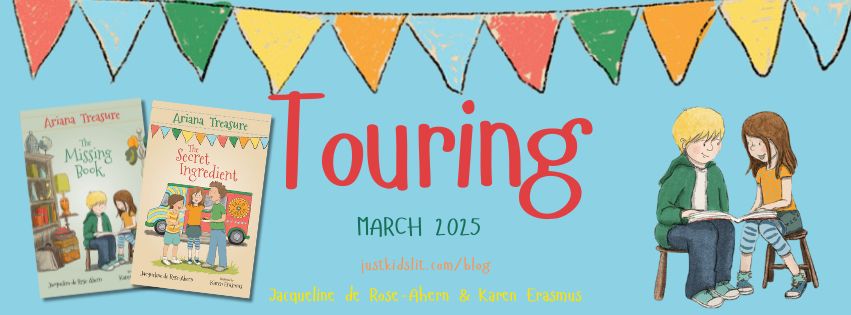
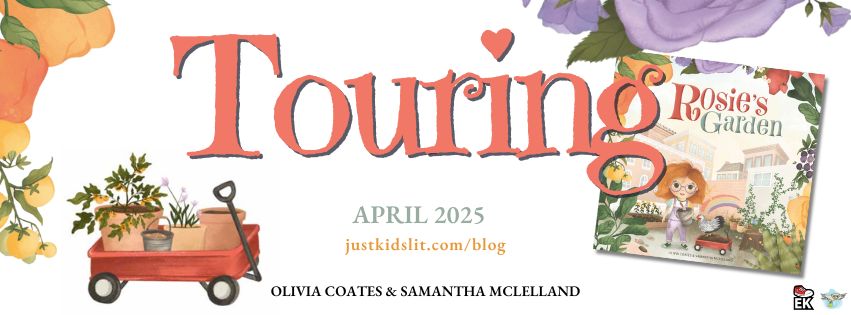
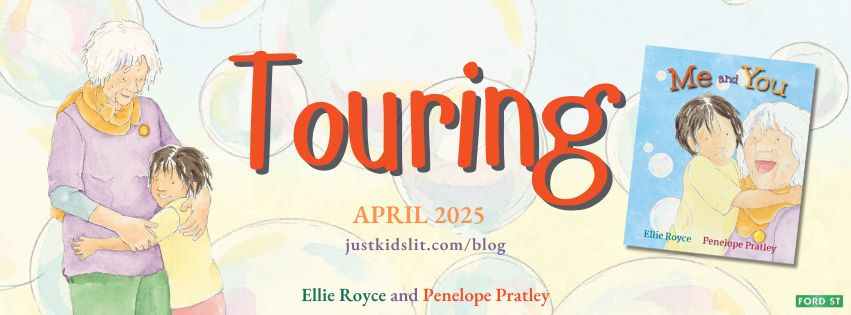
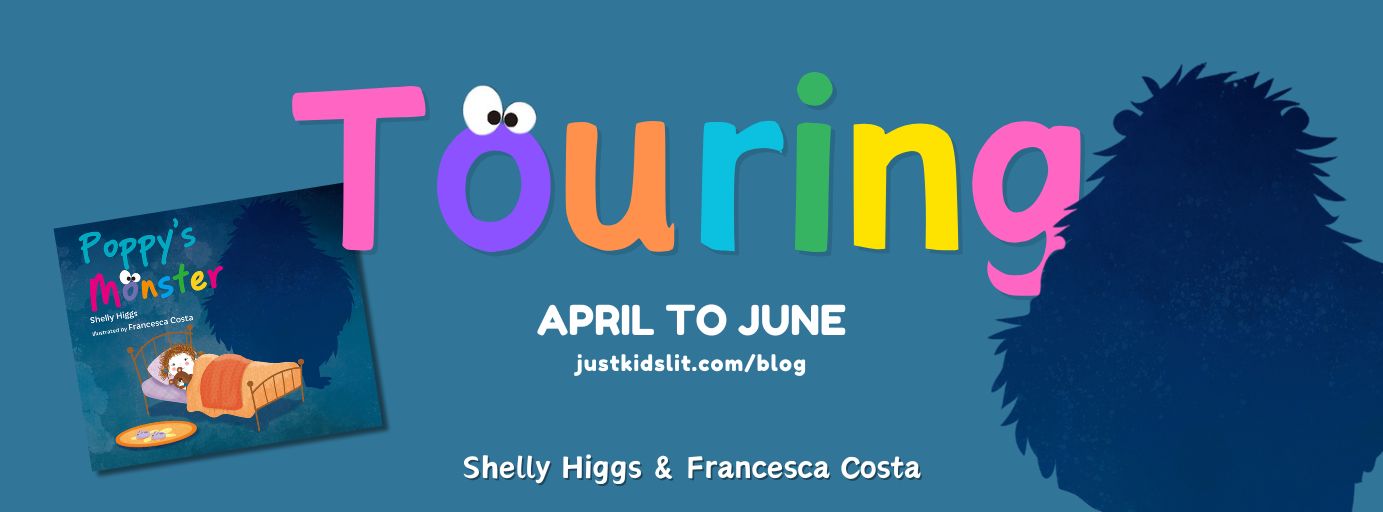
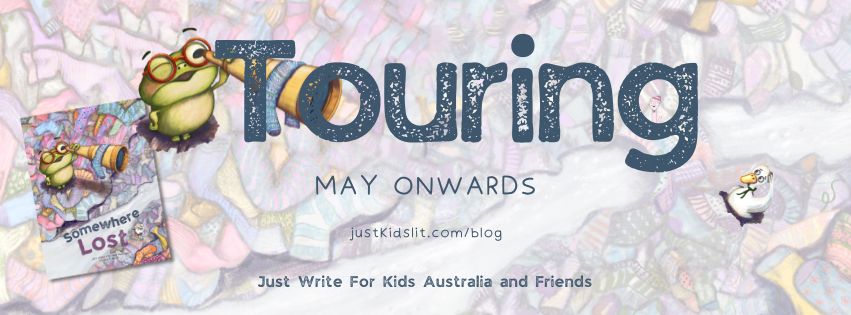





2 thoughts to “When Research Involves Dressing Up, Not Reading Books”
How amazing! So emersed – that must bring your writing to life!
Rachel has the right formula! Best way to research is to live it! Thanks Debra! 🙂